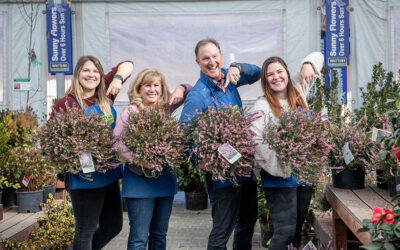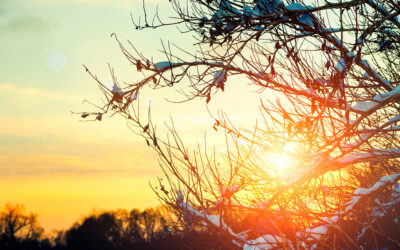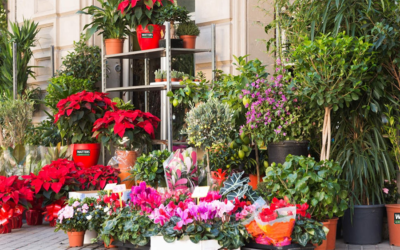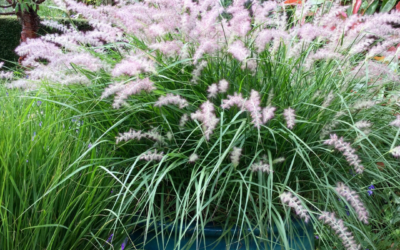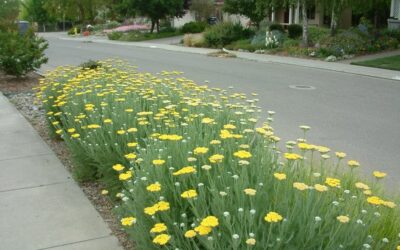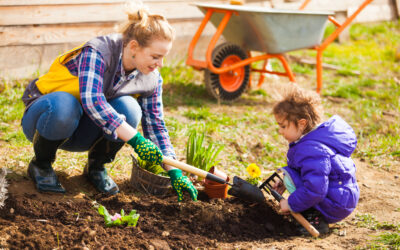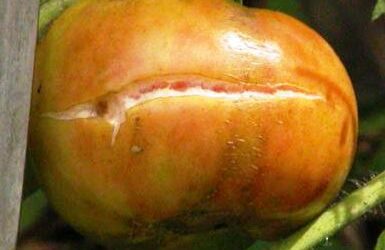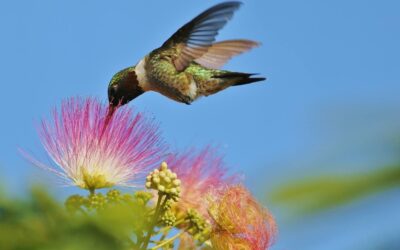Garden & Landscape
Grow beauty from the ground up with inspiration rooted in the high desert charm of Prescott. In Prescott Woman Magazine’s Garden & Landscape section, we feature local experts, seasonal planting tips, and creative outdoor designs to help your garden thrive. From container gardens to full landscapes, let your outdoor spaces bloom with style and purpose.‘It’s a Legacy’
Harold, who passed away in February, married Lorna in 1955 in Wellington, Ohio. They moved to Prescott and opened Watters Garden Center on Miller Valley Road.
By 1965, it quickly outgrew its original Miller Valley Road location, and the Watterses moved it to a spot on Plaza Drive. In 1983, it moved again, to its current location on Iron Springs Road.
You Can Develop a Green Thumb!
The top performers virtually impossible to kill are listed. You’re going to be happy with any and all of these mountain-hardy bloomers, and spring is the ideal garden season. You might also like my companion article, Perennial Flowers that Show Off for Years.
A Time to Plan
As we settle into the winter months in the central highlands, now is the perfect time to plan ahead and make changes to your landscape. How about replacing overgrown shrubs and trees or adding a new water feature? Maybe you’ve been thinking about new pavers for your old concrete patio. It’s never too early to have professional landscapers come and help you bring to life your vision for a yard that fits your home and lifestyle.
Rooted in Tradition
Gardeners take a special interest in the holidays and the plants that mark the season. Pumpkins and spice start out the holiday decorating, which climaxes with Christmas and New Year plants. There is a tradition behind every plant. The stories run deep. Read on for a new appreciation of the holidays and the plants that define each.
Texture, Form, Color
You will find the best selection of ornamental grasses now through fall here at Watters Garden Center. Now is the best time to add new ornamentals to your garden.
Grow Plants Indoors—Without Killing a Single One!
Houseplants add style, color, and brightness, all while cleaning the air we breathe. Even if you’re not an experienced #PlantParent, you can help these 17 houseplants thrive with minimal care. This list is complete with descriptions and advice to help you grow plants in your home without killing a single one.
The Inside Scoop
The Prescott Farmers Market (PFM) is bustling with friends and neighbors this time of year and is full of delicious and vibrant foods. Here, PFM staff share their favorite products and some pro tips to help you get the most out of your trip to the market.
Summertime Blooms
There are two types of flowers: annuals and perennials. Annuals bloom non-stop the entire season we spend outdoors, then fade in the winter cold. Perennials typically have a shorter bloom cycle but come back year after year for decades of garden enjoyment.
June is when you will find the largest variety of perennial flowers at Watters Garden Center, but here are my favorites for the best show through the summer heat.
Spring is a Time for New Beginnings
After the year we’ve all had, it’s nice to look forward to fresh starts, and spring is the perfect time to celebrate new beginnings. Last year we all ventured outside more, and this year will be no different. The outside has become our new escape—and this is a good thing! But what does your landscape look like? Do you have a nice area to retreat to? Are you wanting to liven up your yard with boulders, new plantings, or a water feature? Maybe it’s time to get started on that fresh start!
The Star of the Summer Garden
Tomatoes continue to rate among the top summer plants in gardens. As large as they are, they’re challenging to grow in small containers. Here are five insider tips to growing better tomatoes in containers.
The Best Compact Trees for Tiny Yards
We don’t all have room for a mighty Maple or the outstretched branches of a native Sycamore in our backyard. After reading this article, you will know about the fantastic few smaller trees that outshine the rest in today’s modern yard. Whether you are looking for shade or spring’s bright colors, these beauties grow to a maximum of 25 feet and require minimal maintenance to look great. Insider tip: If you have a small yard, focus on vertical space—select plants with an upright growing habit. Also, garden in hanging baskets raised beds, and containers to maximize your ground space.
Top 10 Houseplants for a Healthy Indoors
The seals on today’s ultra-efficient homes keep outside air from penetrating their interiors, thus recirculating inside air without added freshness. A three-month-old air filter cleans only so many particles before choking on its own dust. We won’t mention formaldehyde-ridden foreign products brought into the home for the holidays. In the past, toxins weren’t an environmental problem because fresh air was ever-present. Now that we’ve made our homes nearly airtight, the freshness that indoor plants provide is more vital than ever.



